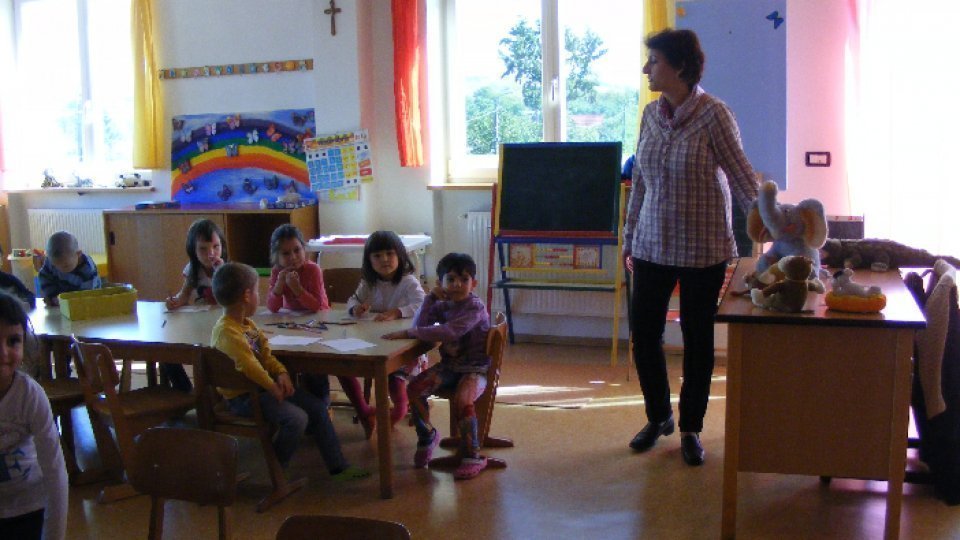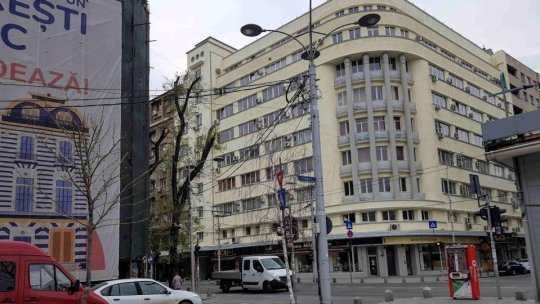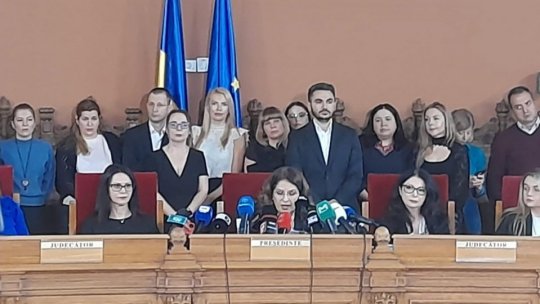Romanian children are the most exposed to the risk of poverty or social exclusion in the European Union.

Articol de Radiojurnal, 07 Martie 2023, 18:51
Almost half of them eat poorly, and access to education and social services is unequal.
In addition, 42% of students in our schools are qualified as non-functional, which is close to illiteracy, draws the attention the "Save the Children" organization, following the latest European report on this topic.
Two out of five children in Romania are exposed to the risk of poverty and social exclusion, and of the approximately 19 and a half million minors in the European Union, who are already in this situation, 25.000, i.e. more than 12 percent, are from our country, shows the latest Eurostat data.
In 2021, over 1.5 million Romanian children, which means over 40% of the total, were growing up at risk of poverty or social exclusion, most of them in rural areas and small towns.
Moreover, two years ago, one in ten families could not afford to heat their home, and one in five families could not provide a nutritious meal.
The situation is getting worse - "Save the Children" recalls that a survey carried out last year showed that 40% of households recorded a decrease in income compared to 2021, while expenses increased for 98% of families. In 2021, one in five families admitted they could not afford to eat meat every other day, and a survey last autumn showed that almost half of vulnerable families with children were unable to meet their food expenses.
We are not doing well in terms of education either. The number of children attending daycare, kindergarten or school continues to decrease, and among them few are learning.
National test results show that only 11% of students aged between six and 14 are fluent readers, while 42% of students are rated as non-functional, which is close to illiteracy.
The many vulnerabilities related to access to health, education, social services and protection mean that Romania has almost half of the underage mothers in the European Union. In 2021, 745 girls under the age of 15 gave birth, as did nearly 17.000 teenage girls up to the age of 19.
Most of them drop out of school and do not have access to specialized medical services.
Translated by: Radu Matei













